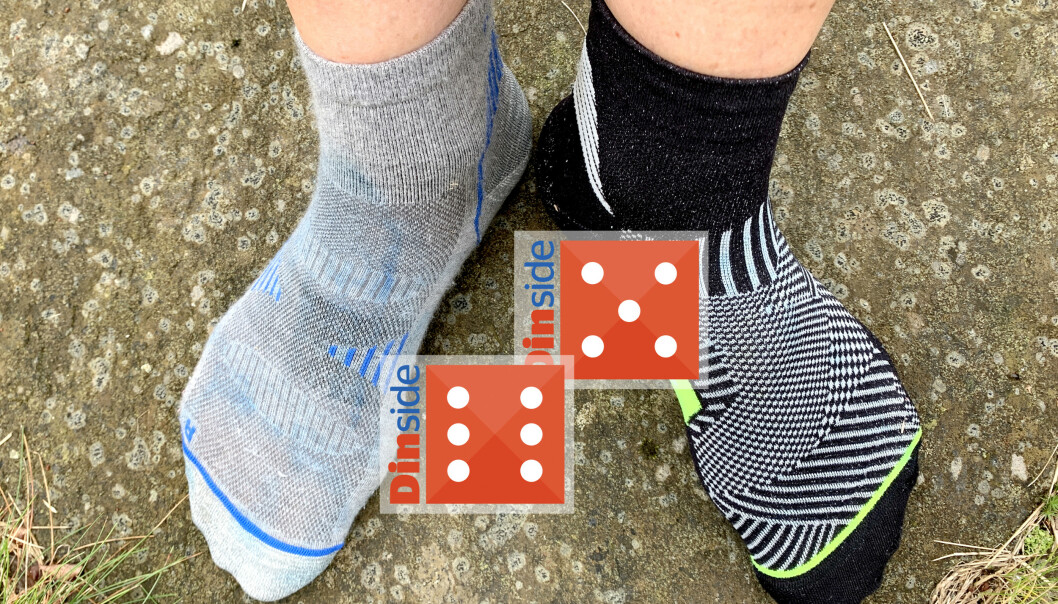Earlier this year, Coca-Cola Norway started with bottles of 100 percent recycled plastic for its bottled water, Bonaqua.
The Harry shower is not the same
Now the soft drink producer announces that they will dispense all the drinks on recycled plastic from the first half of 2021.
Plastic and emission reduction
From the first half of 2021, all the bottles Coca-Cola produces in Norway will be made exclusively from recycled plastic – that is, with the exception of the cork and the label.
Coca-Cola writes in a press release that this means an annual reduction in the use of new plastic by 4,300 tonnes, which is equivalent to 75 percent, and in climate emissions from bottle production by 28 percent.
– Plastic is a climate-efficient form of packaging when it is collected and reused. We hope our transition to 100 percent recycled plastic can contribute to the goal of a Norwegian circular economy for plastic; a closed cycle where all Norwegian plastic for beverage packaging is collected and recycled, says Carl Lescroart, CEO of Coca-Cola European Partners Norway in a press release.


 –
–



